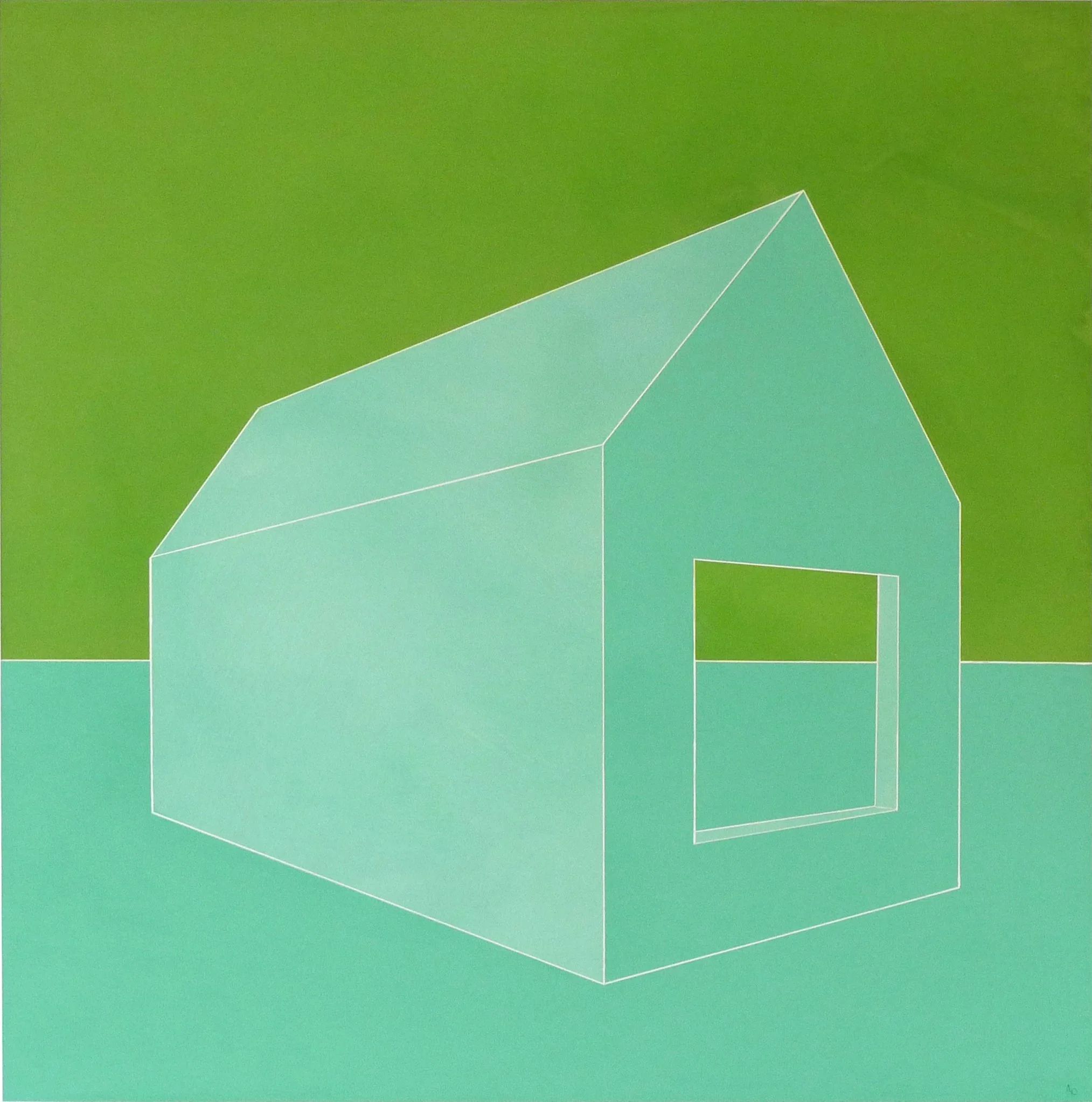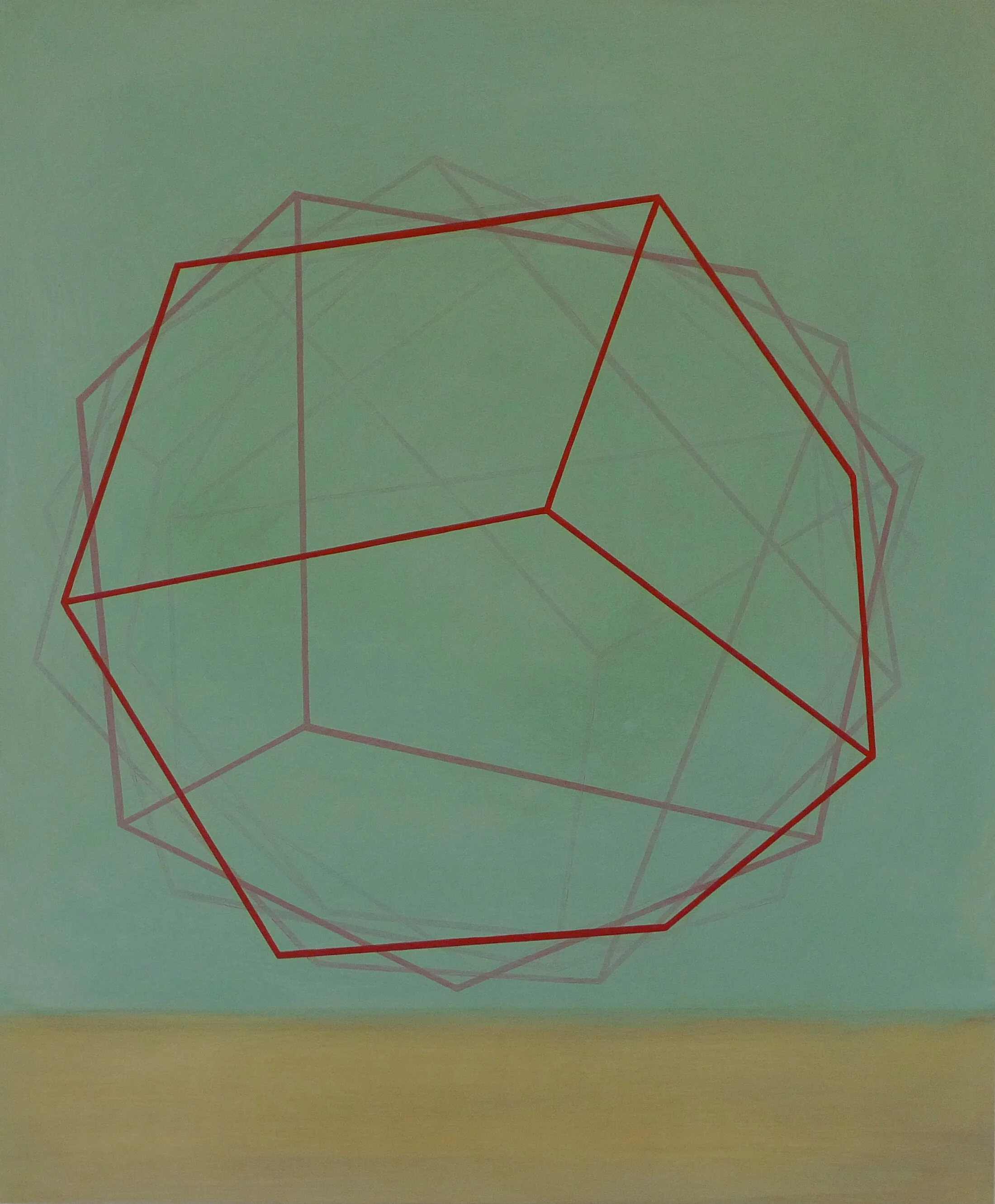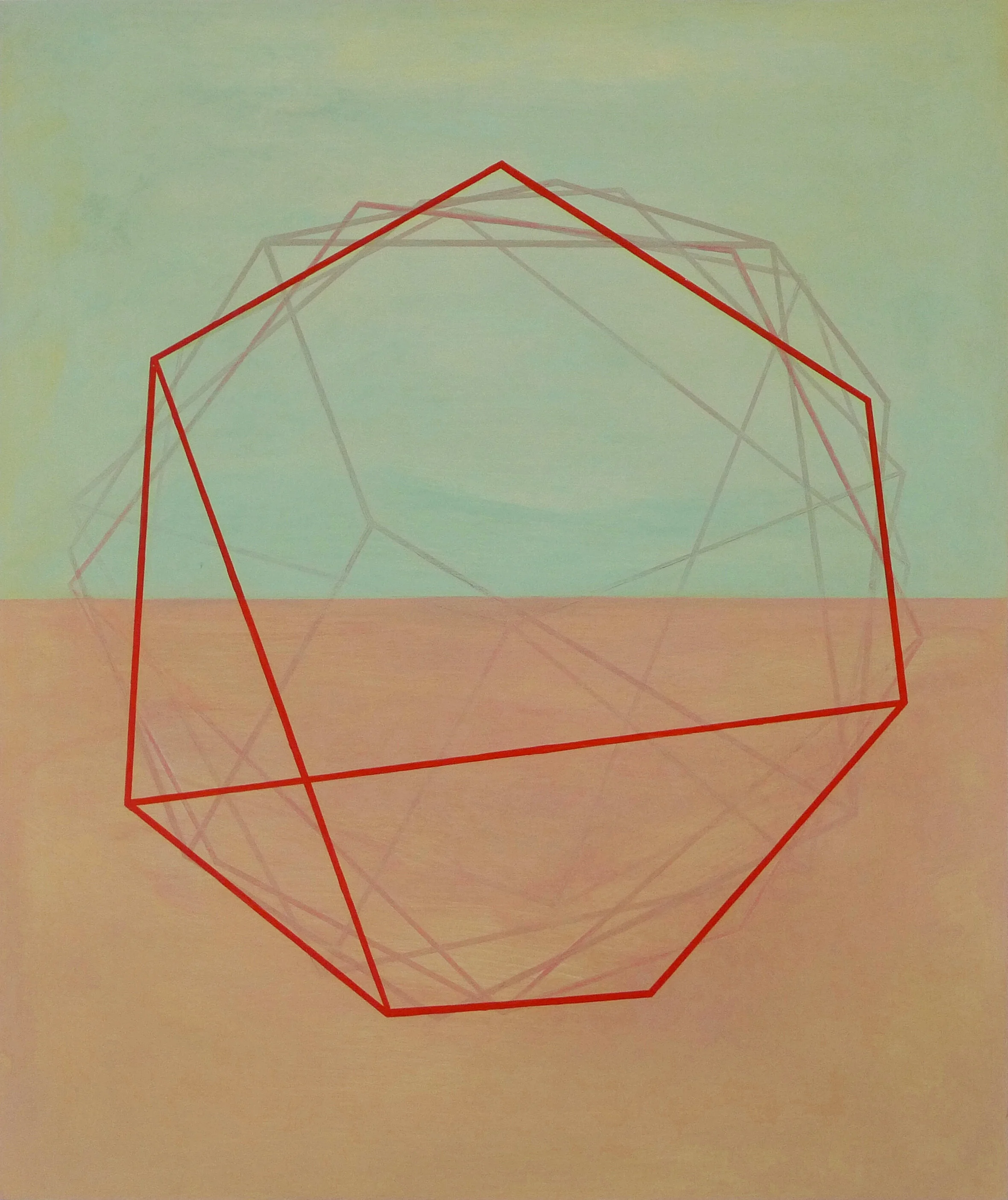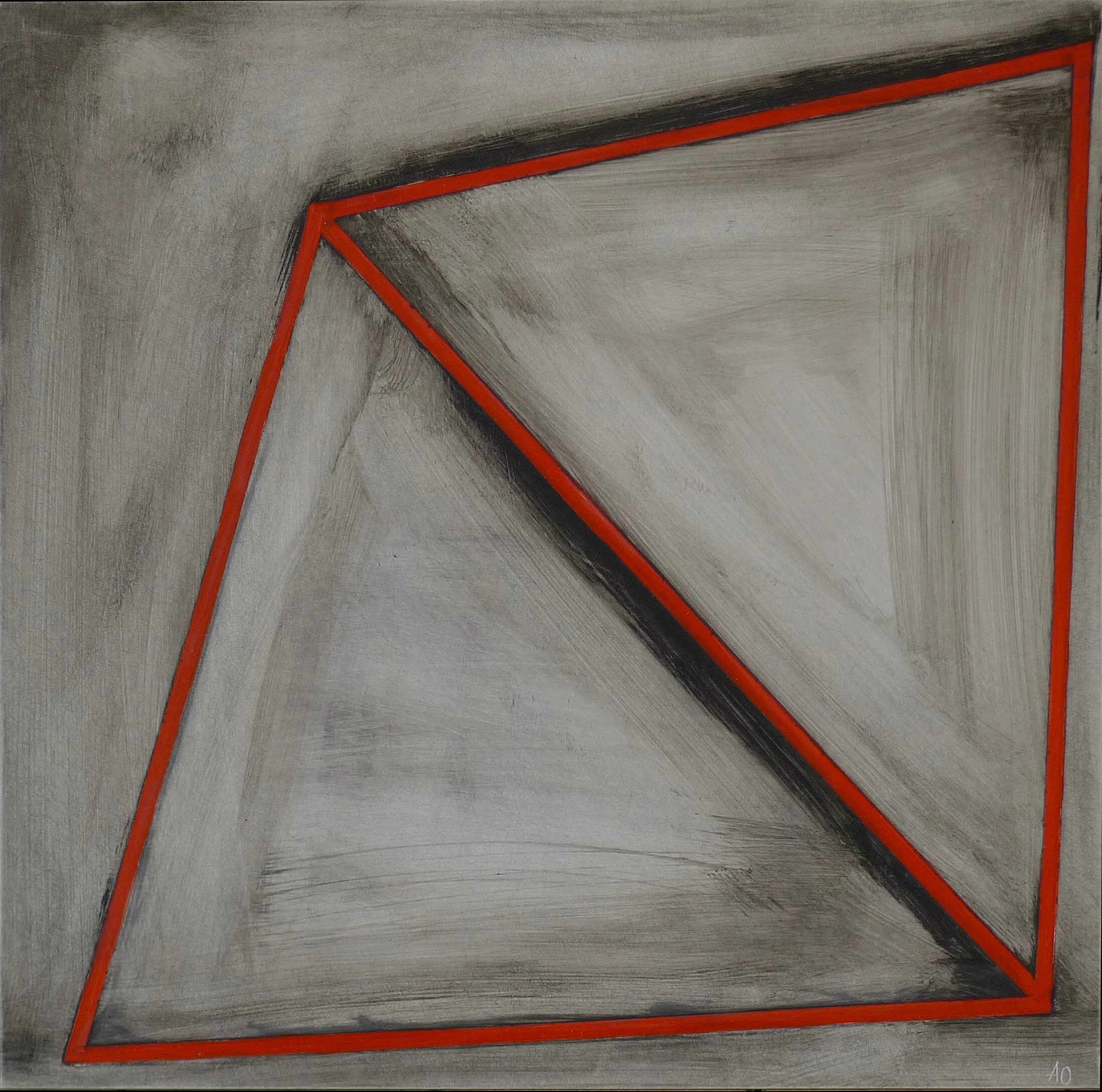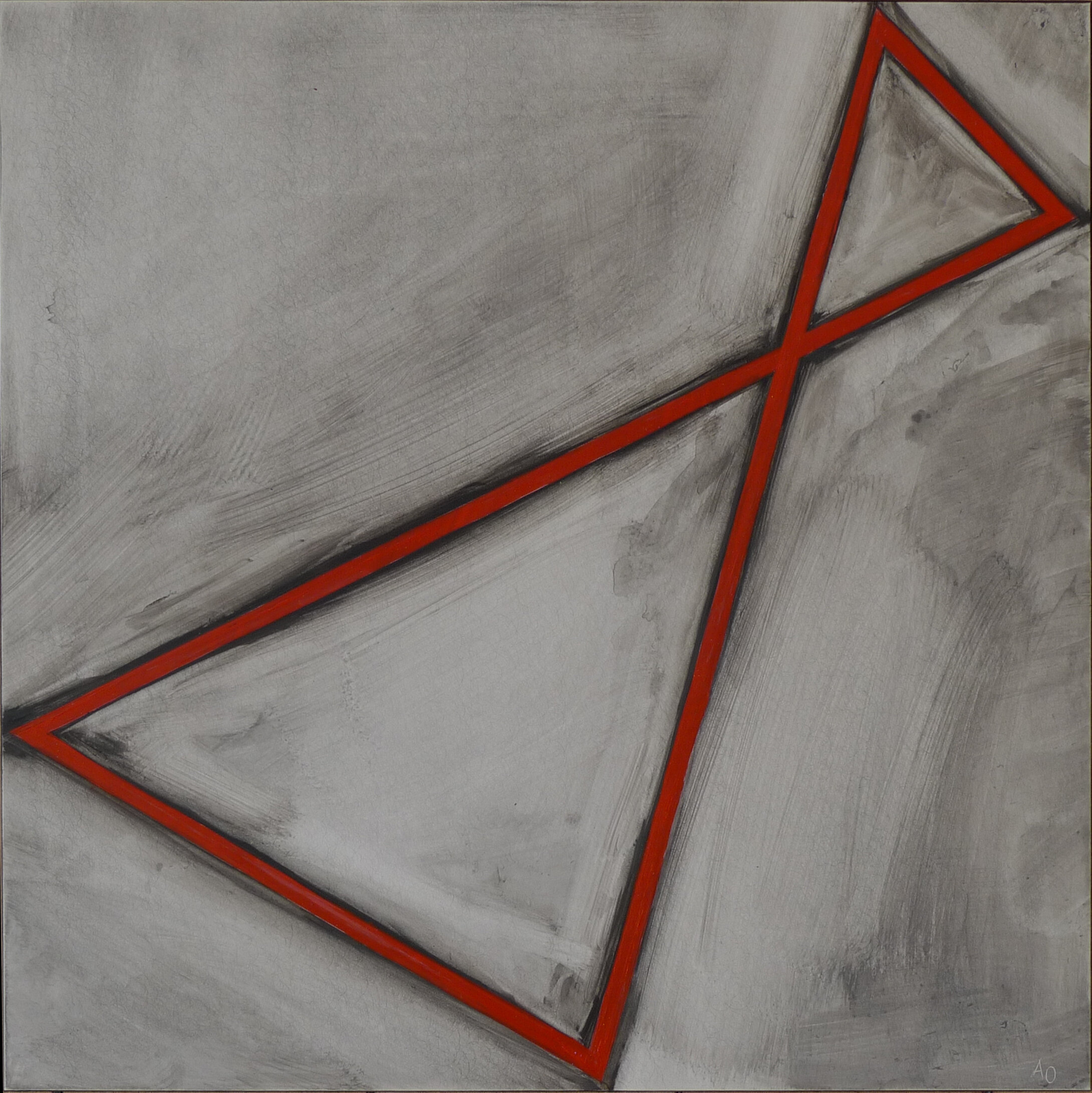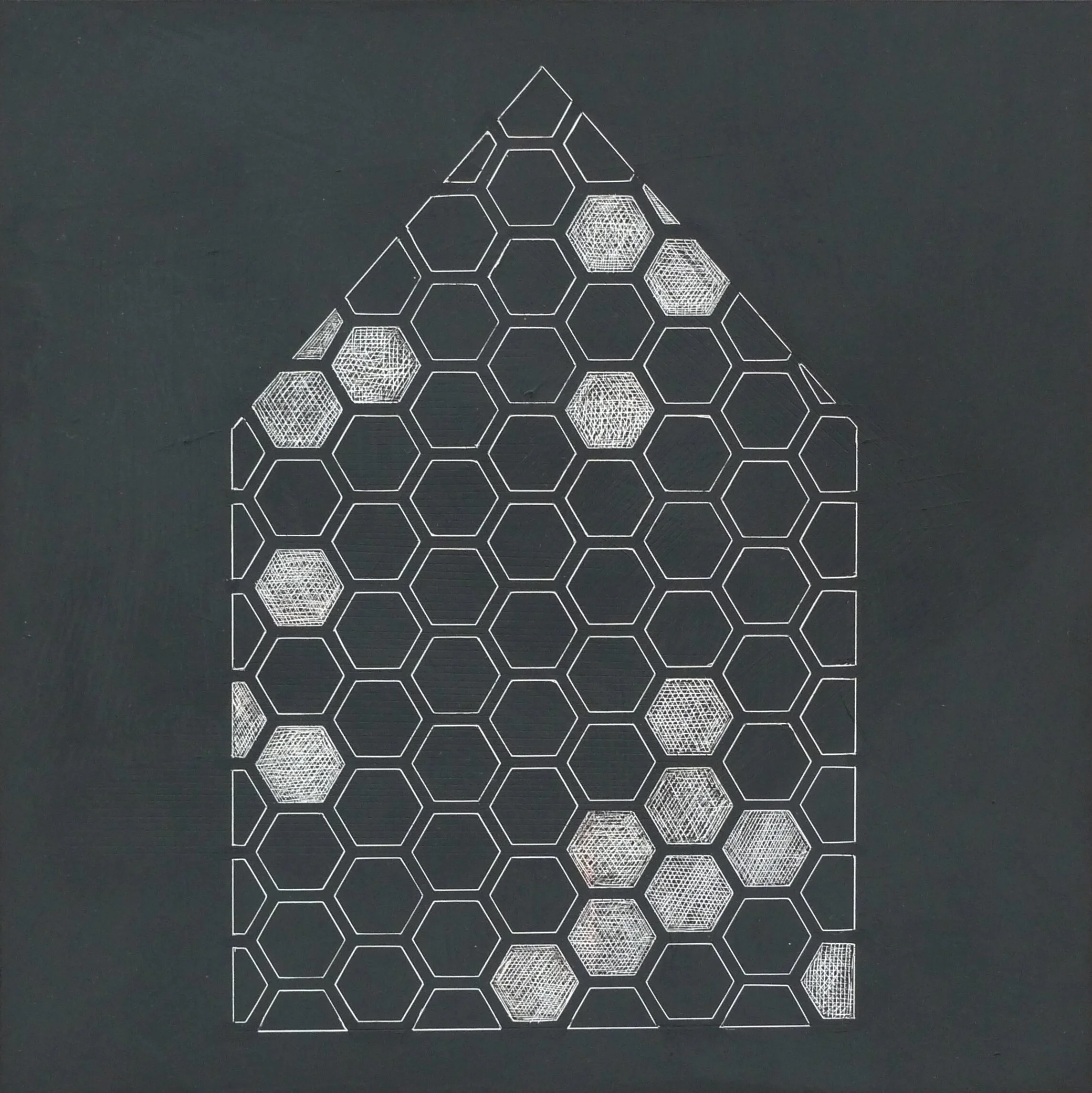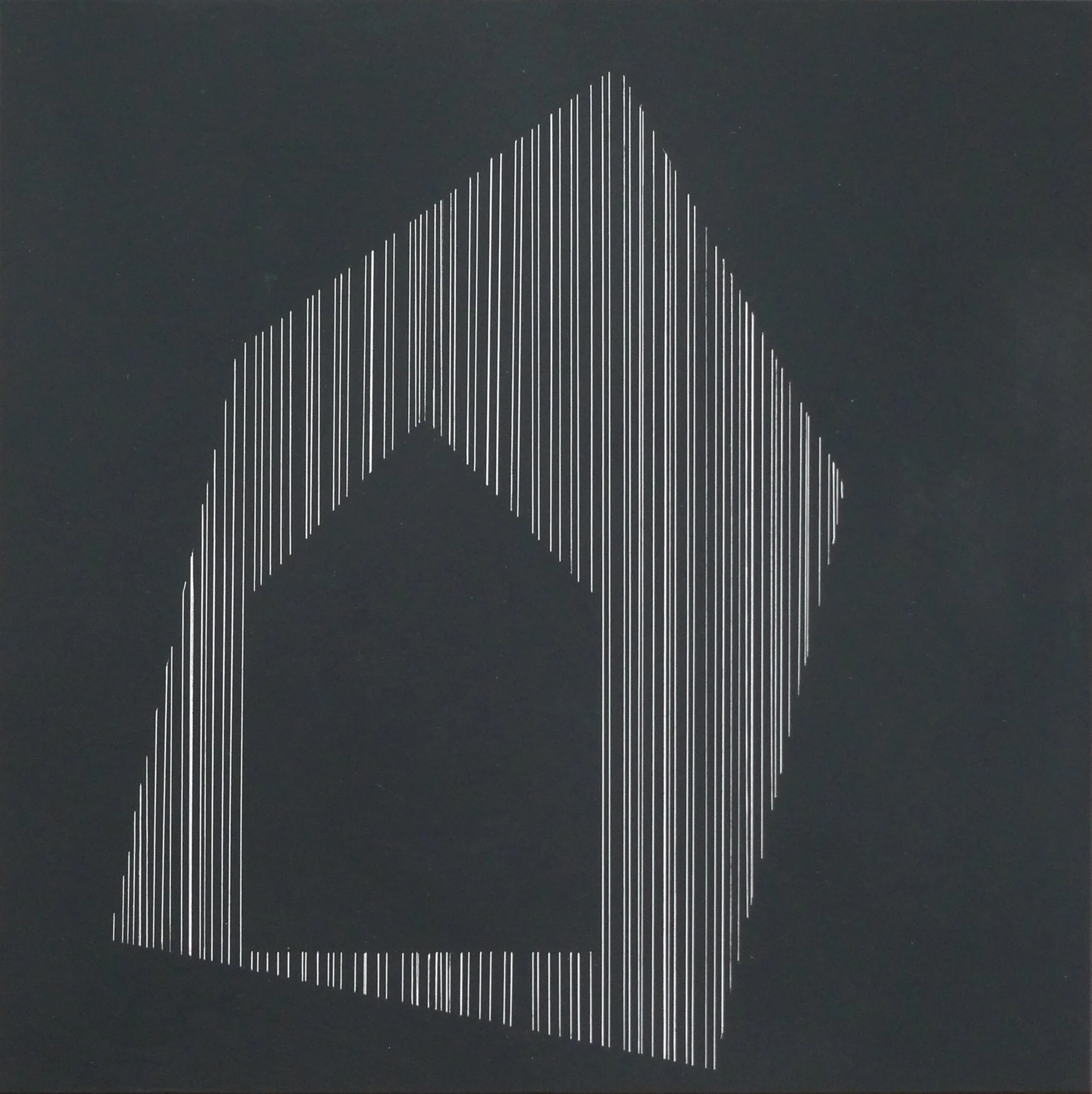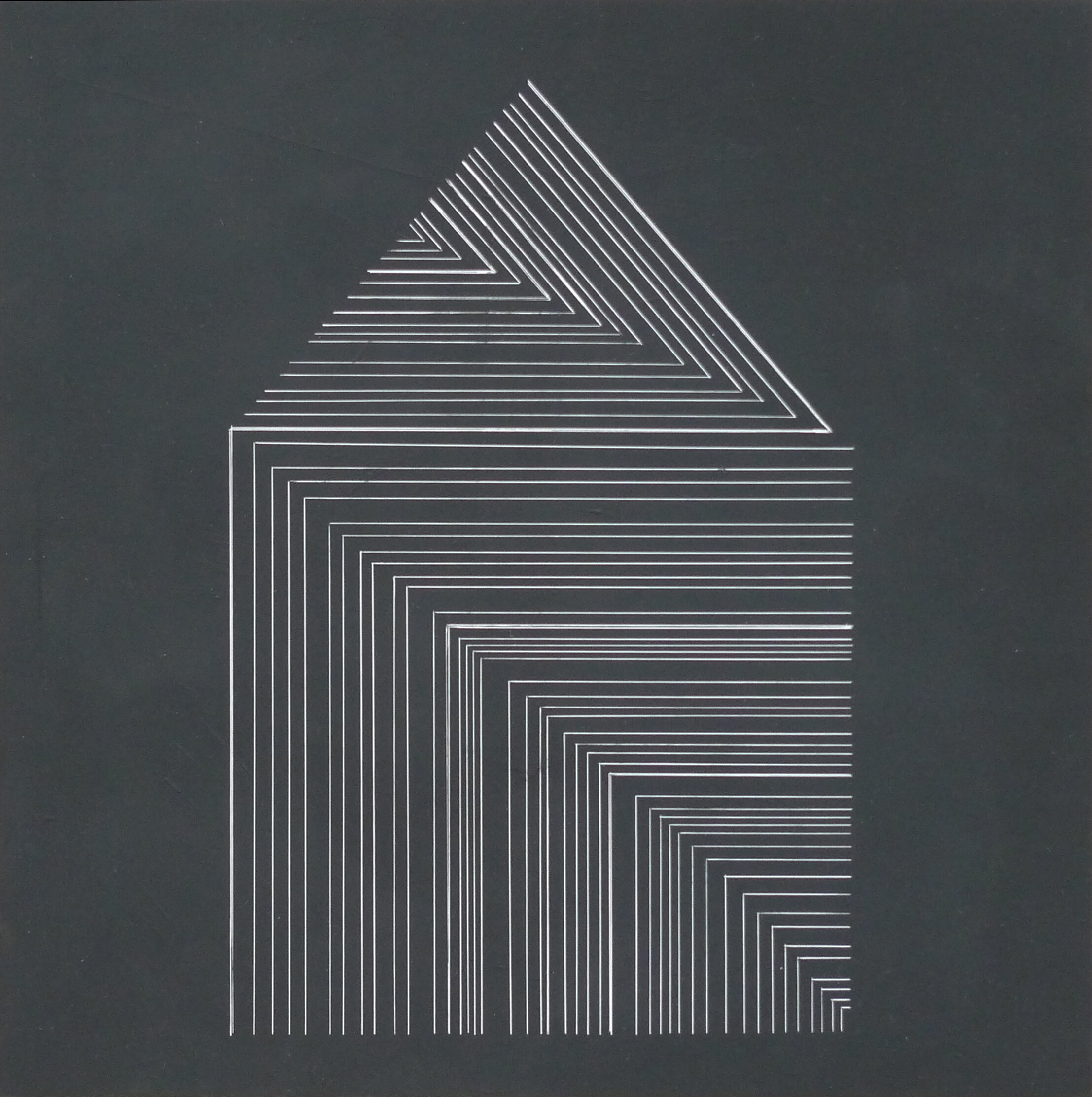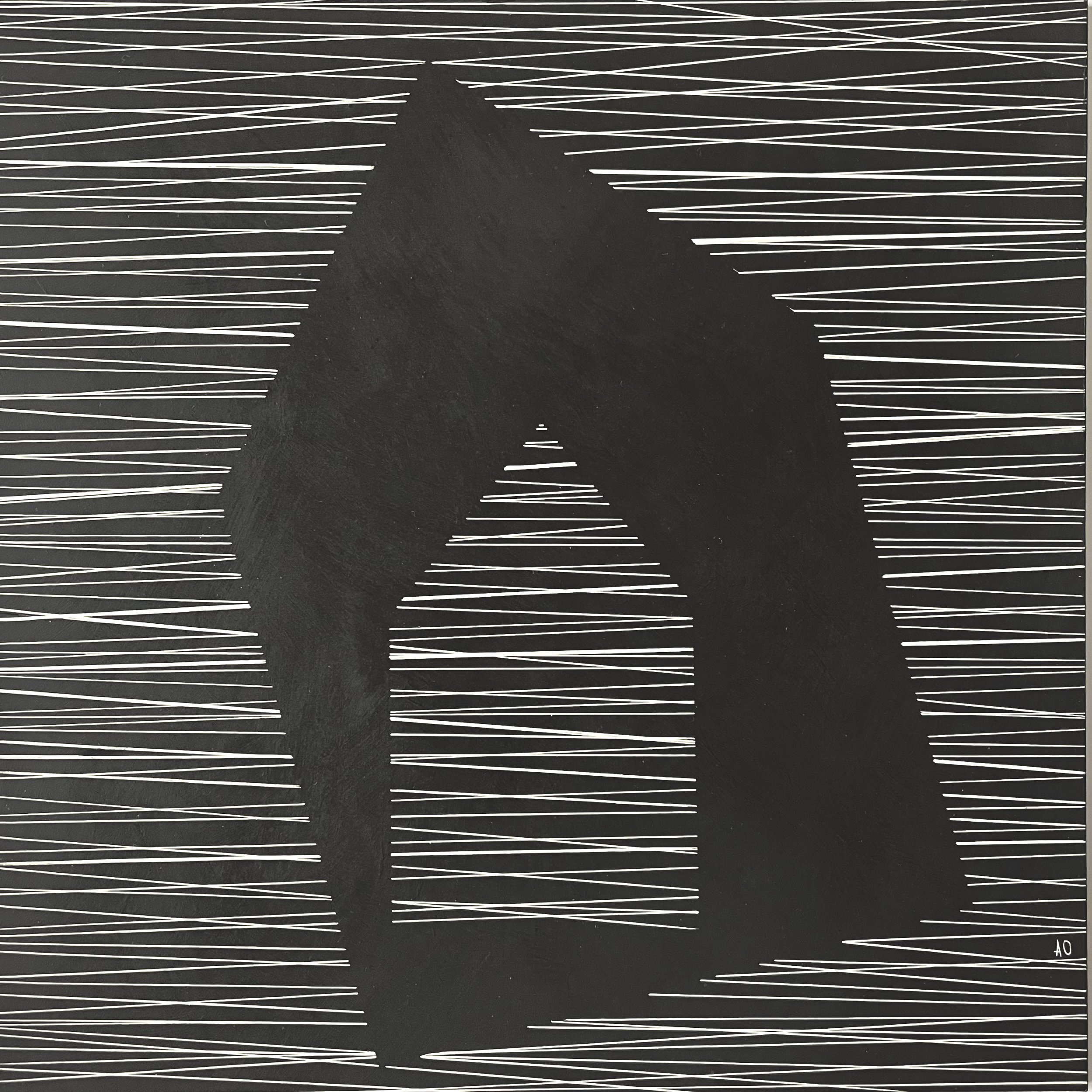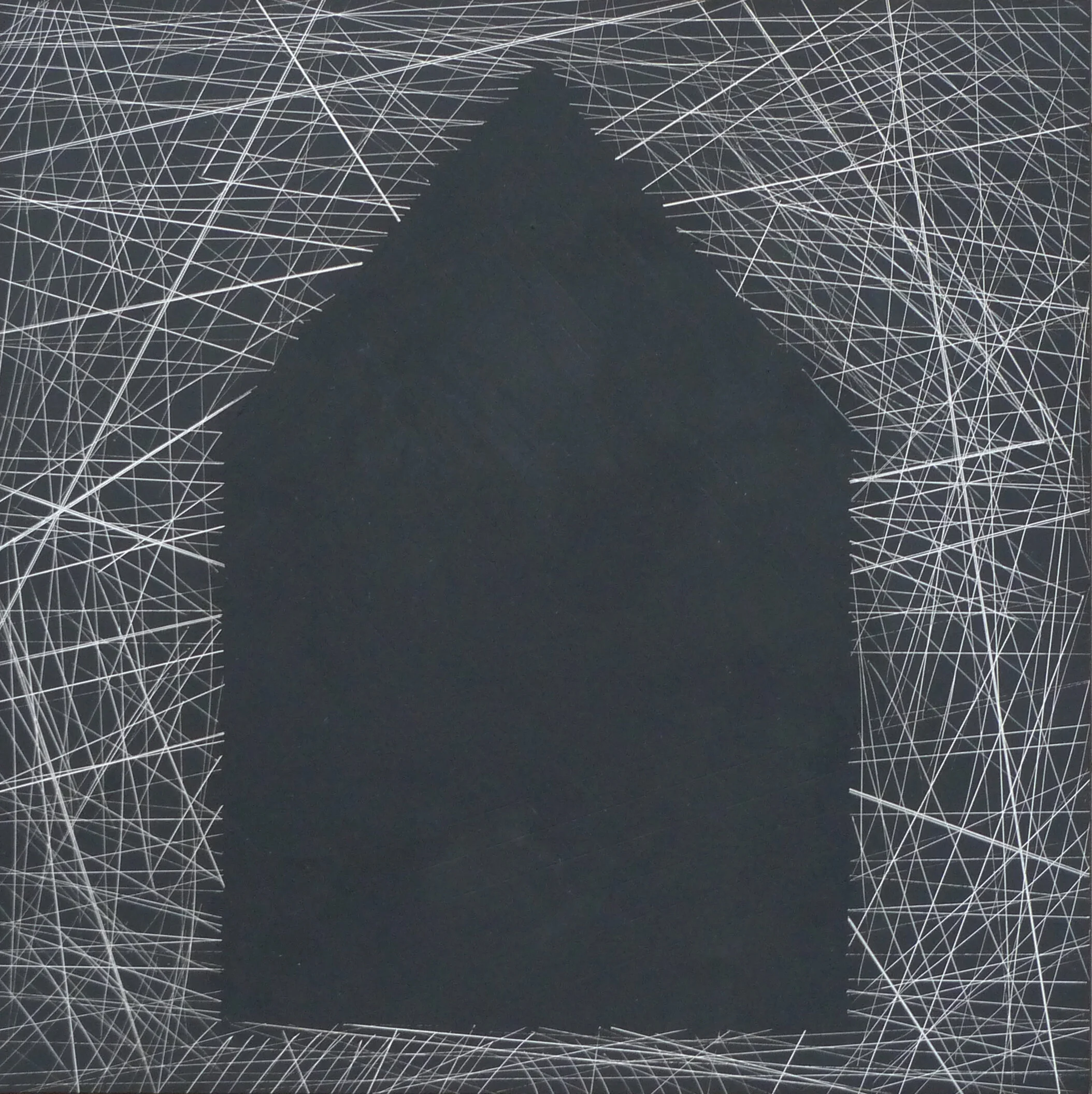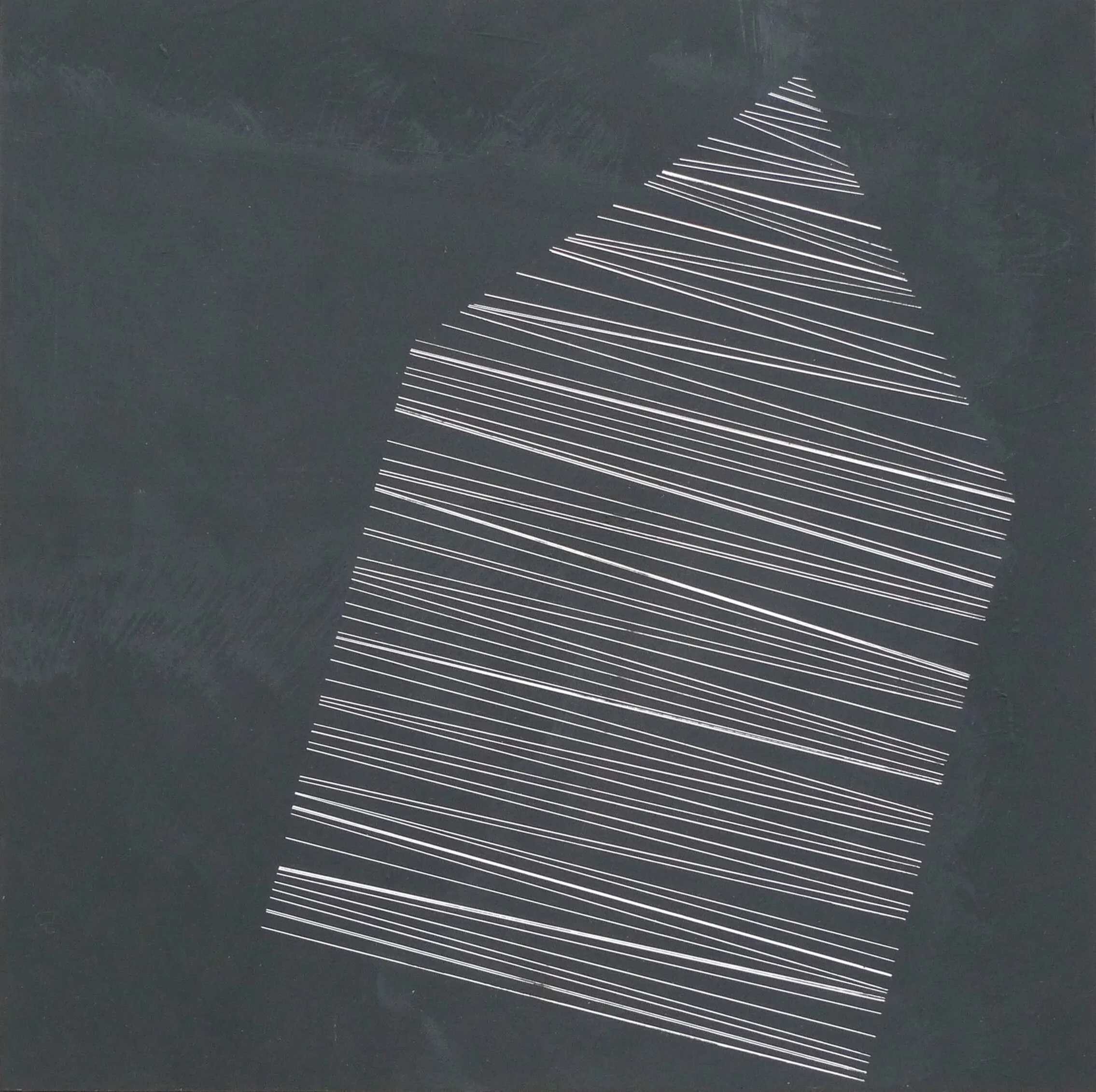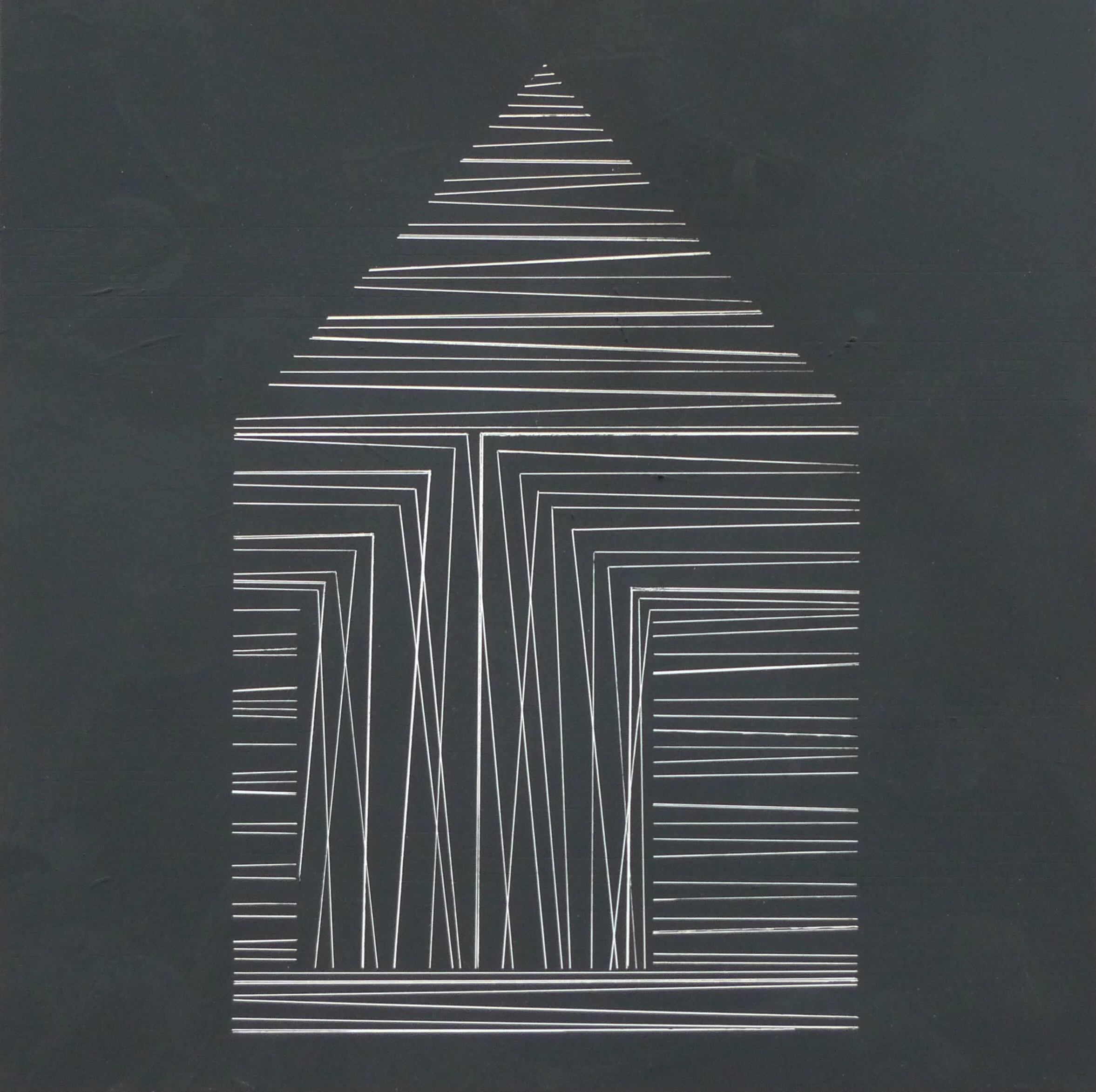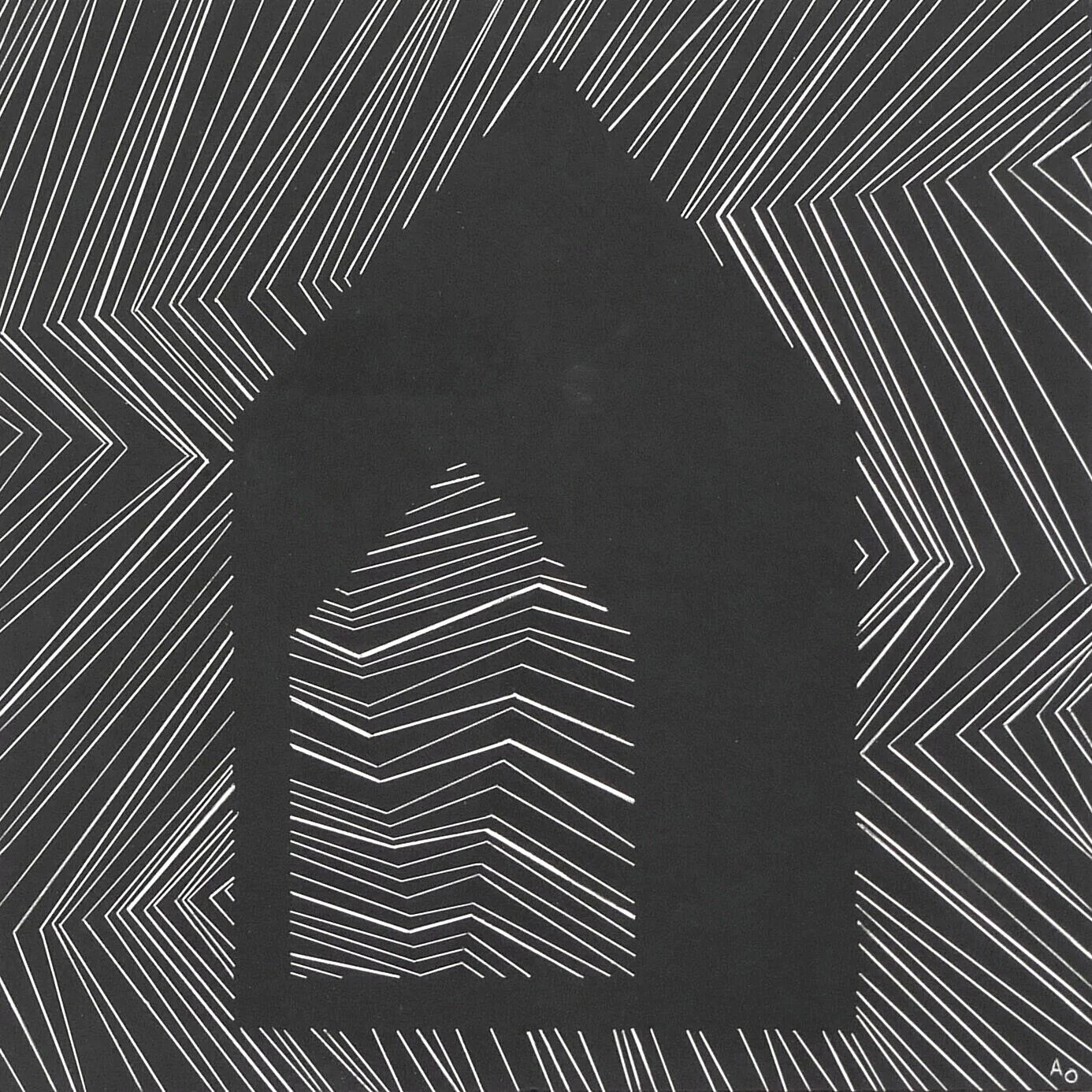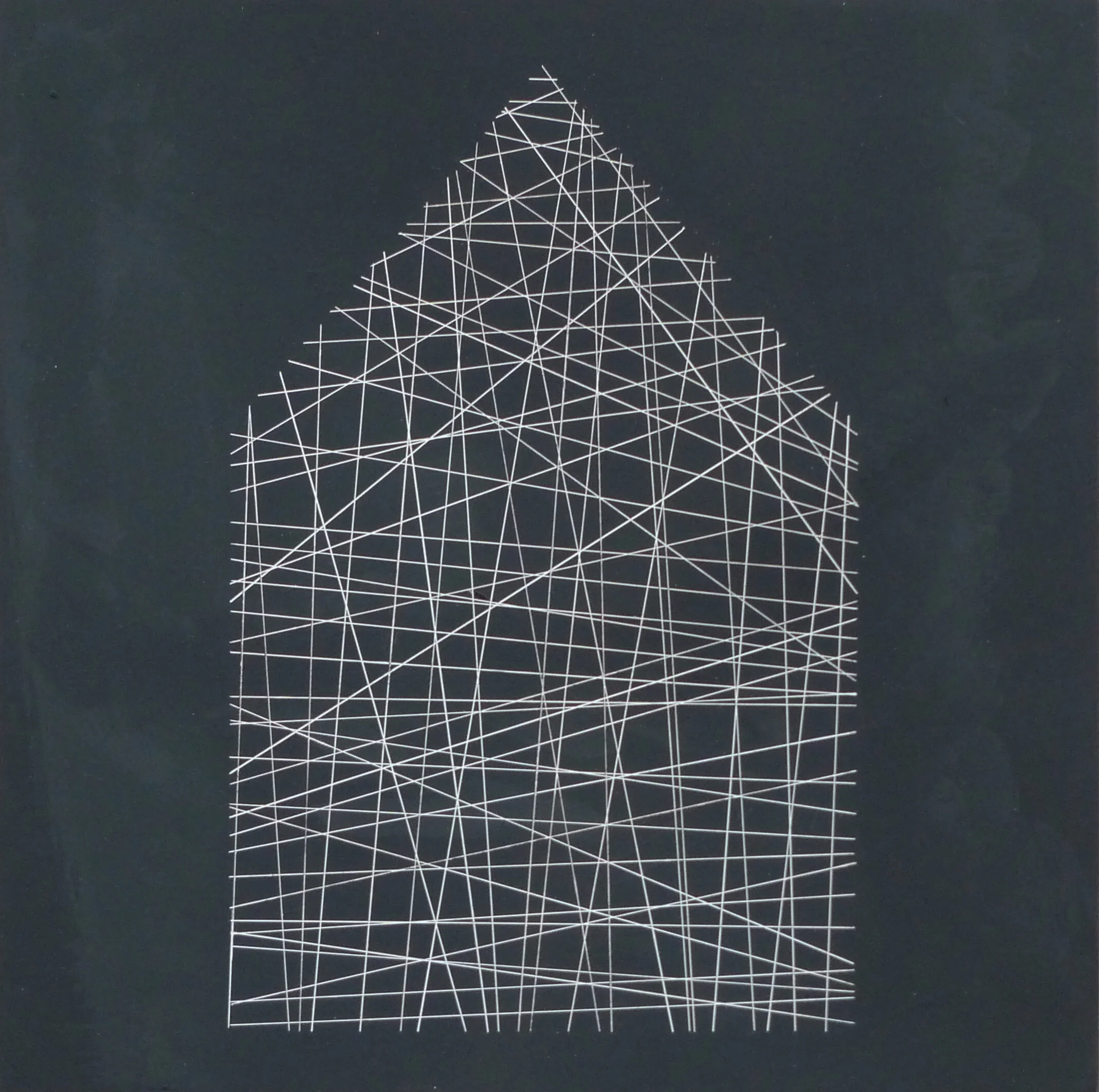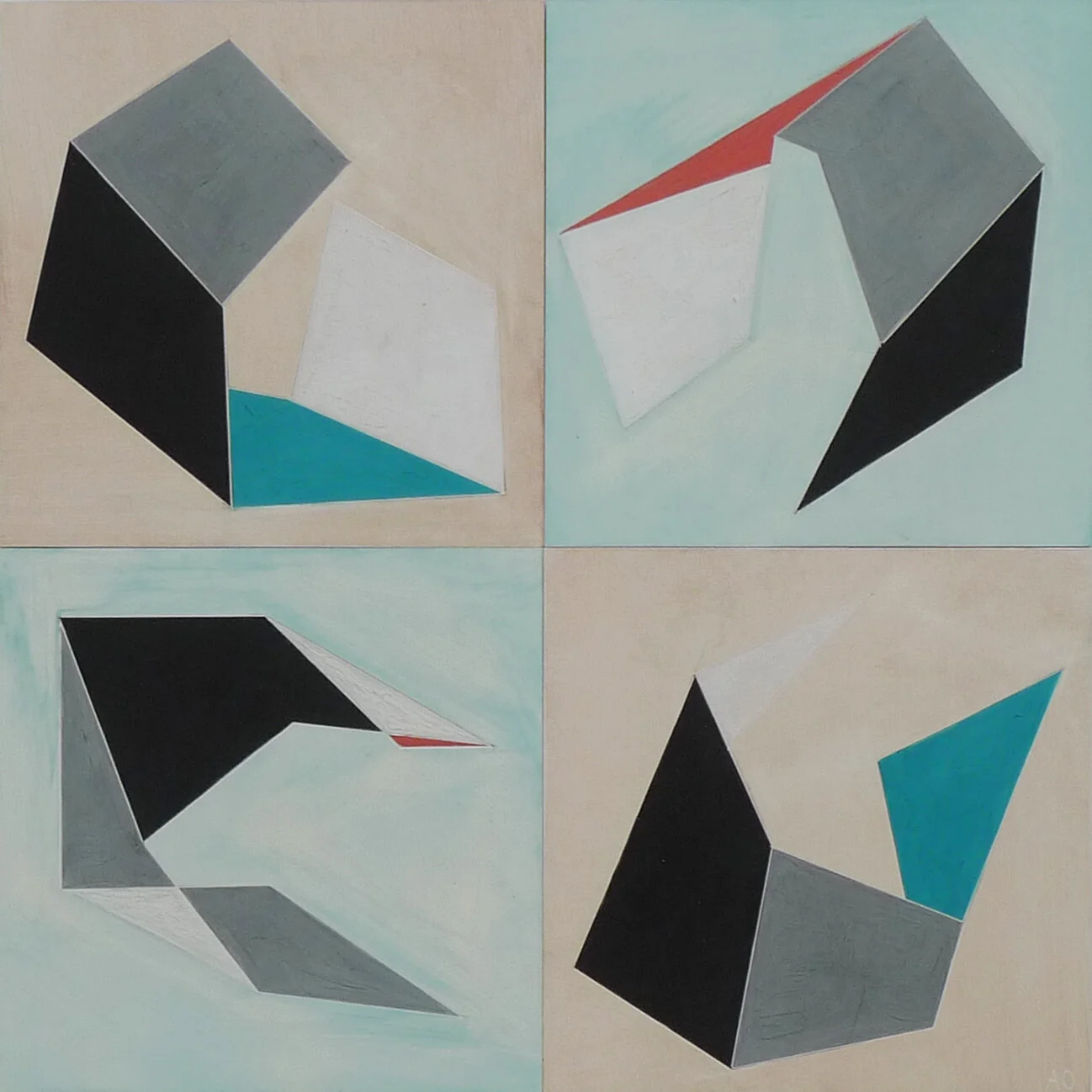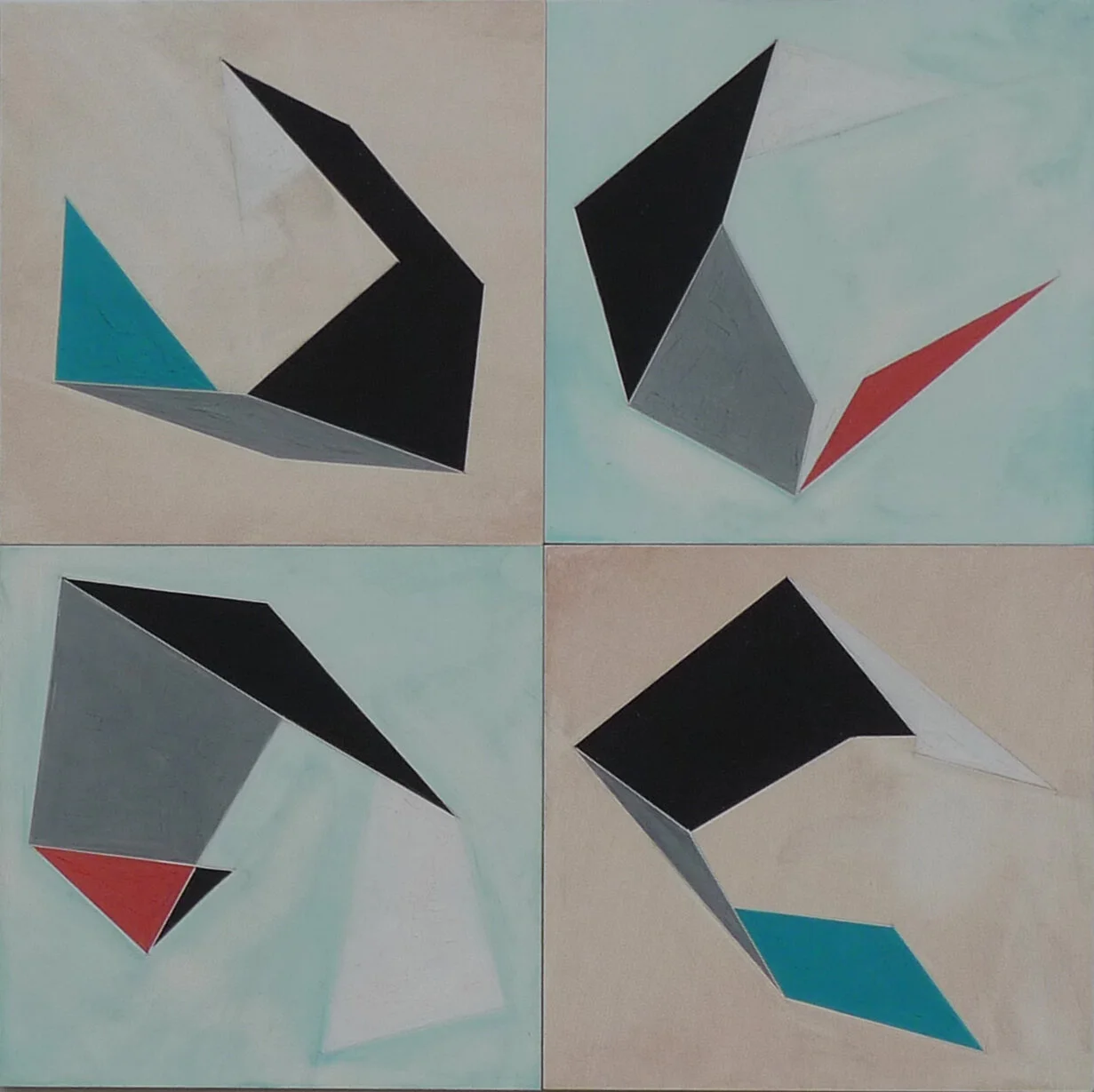- We All Imagine Worlds -
Unfamiliar Places
casein on panel, 2021
30” x 30” image
Strange Spaces
casein on panel, 2021
30” x 30” image
- Shifting Perspective -
- The Shape of Things -
- Home Series -
We All Imagine Worlds is a series of paintings posing questions about perceived reality. The known world is understood through the particular mind of each individual observer. During the creation of a piece, I am cognizant of my personal thought process, and I have expectations of what the viewer may perceive in the work. However, this universal process of translating ideas into images is inherently flawed. My thoughts, transmitted through paint and time, will be reinterpreted through the experiences and knowledge of the viewer. This is not to say this new comprehension is a failure in communication, rather it adds to the richness of the work as context and value increase through additional viewings.
I am interested in the intersection of how I represent space, and how that space is perceived. In my painting practice, I achieve this convergence of perceptions by applying visual indicators of the constructed world through the use of simplified architectural elements. These indicators are a means of representing the human presence without direct representation of the body. Despite its absence, the body is reflected through this constructed world, allowing the viewer an entry point into the work through simplified but familiar designed spaces. Each piece deconstructs the visual world, breaking elements into simplified forms, and reconstructs these forms in new ways.
The compositions are deliberate, concise, and organized. By implementing the stylistic elements of geometric forms to create volume, and line to flatten the visual space, I am translating the three-dimensional world onto a two-dimensional plane. The dichotomy of form and line creates tension within the image plane, allowing me to manipulate space in exciting and compelling ways. Objects are rendered through intersections of flat planes and straight lines to reveal a simplified vision of complex structures. Line is used to play with concepts of perspective and to indicate points of transition and connection within a composition. Casein and acrylic are used in both an additive and subtractive way. The paintings have a physicality achieved by applying washes of color, then wiping areas away, painting new forms over past forms, and scoring into the panel to create sharp distinct lines. The results are hard edged paintings, with simple forms and subtle shifts in color. Rhythm, pattern and repetition create harmony and balance within the work.
